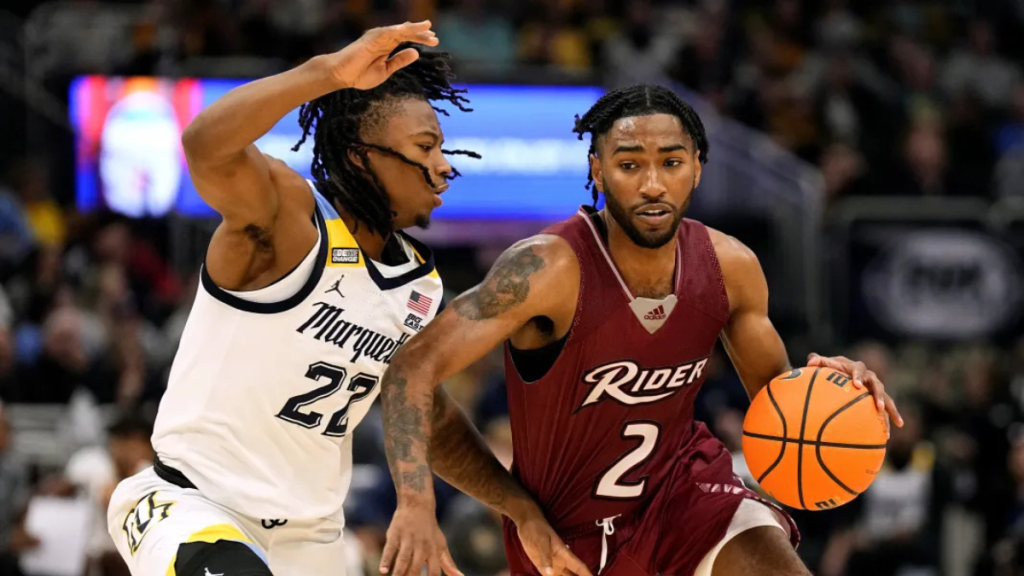It’s easy to get caught up in athleticism when watching college basketball. High-flying dunks and full-court fast breaks grab attention. But underneath all the flash, strategy continues to be the backbone of winning programs.
Coaches know it, players know it, and fans who follow closely can see it too. Even with changes in pace and style over the years, the most successful teams still rely on strong, deliberate planning.
Coaching Isn’t Just X’s and O’s
Good coaching goes beyond drawing plays on a whiteboard. It’s about recognizing matchups, adjusting on the fly, and understanding what motivates each player. The best college basketball coaches read the rhythm of a game the same way musicians read sheet music. They know when to press, when to slow down, and when to switch things up completely.
A good example is how top coaches use timeouts—not just to give players a breather but to disrupt the other team’s momentum. They change the flow of the game by controlling not just their own team but the emotional and strategic tempo of their opponent.
You’ll also notice how some teams always seem to peak in March. That’s not luck. That’s months of managing minutes, rotating lineups, and developing players who might not be starters early in the season but become key contributors when it counts most.
The Role of Chemistry and Experience
You can have a roster full of four-star recruits, but if the players don’t trust each other on the court, wins will be hard to come by. Team chemistry matters—especially in college, where the turnover is high and players might only stay one or two years. Programs that build continuity year over year tend to outperform more talented but less connected teams.
It’s also one reason experienced guards are so valuable in March. Older players often understand how to manage the clock, avoid unnecessary fouls, and recognize defensive schemes. They bring a level of poise that younger players sometimes lack.
One of the more underrated elements of team chemistry is communication. You can see the difference between a team that talks on defense and one that doesn’t. The talking team rotates better, closes out faster, and covers each other’s mistakes. That doesn’t show up in the box score, but it wins games.
Following the Game from a Smarter Angle
People who’ve been around the sport a long time tend to pick up on patterns that casual fans miss. They might notice how a team reacts after a bad first half or how certain players always seem to make smart decisions in tight games. That’s why resources like Doc’s college basketball picks and parlays have gained attention—not just for who might win, but for how the game might unfold and which matchups really matter. These types of analyses often point out player tendencies, coaching adjustments, and historical performance trends that go far beyond stats.
What makes this kind of insight valuable isn’t the predictions alone; it’s the context. You start to appreciate how mid-major teams with strong fundamentals can frustrate bigger-name schools, or how coaching styles clash in ways that completely change a game’s tempo. It also helps fans understand why a ten-point lead in the first half is never safe against a team that thrives in transition.
When you look at the game through that kind of lens, watching becomes a different experience. Every possession carries more meaning, and you start noticing things like spacing, off-ball screens, or how a bench player swings momentum with a few gritty plays.
The Culture Around the Game
College basketball is about more than what happens on the court. It’s packed with rivalries, traditions, and student sections that create electric environments. Some gyms are so loud and tightly packed that opponents struggle to hear each other over the noise. That kind of home-court edge doesn’t just affect free throws—it rattles young teams and gives momentum swings even more power.
You also see how regional pride plays a role. Fans travel across states to follow their teams during tournaments, and the passion in those crowds often feels like part of the team’s fuel. It’s a big part of what makes college basketball feel different from the pro level. There’s something raw and emotional about it that can’t be replicated.
When strategy, chemistry, and emotion all come together, you get the best kind of basketball. And while the flashier plays will always make the highlight reels, it’s the smarter plays—the extra pass, the charge taken, the well-timed timeout—that win championships.

